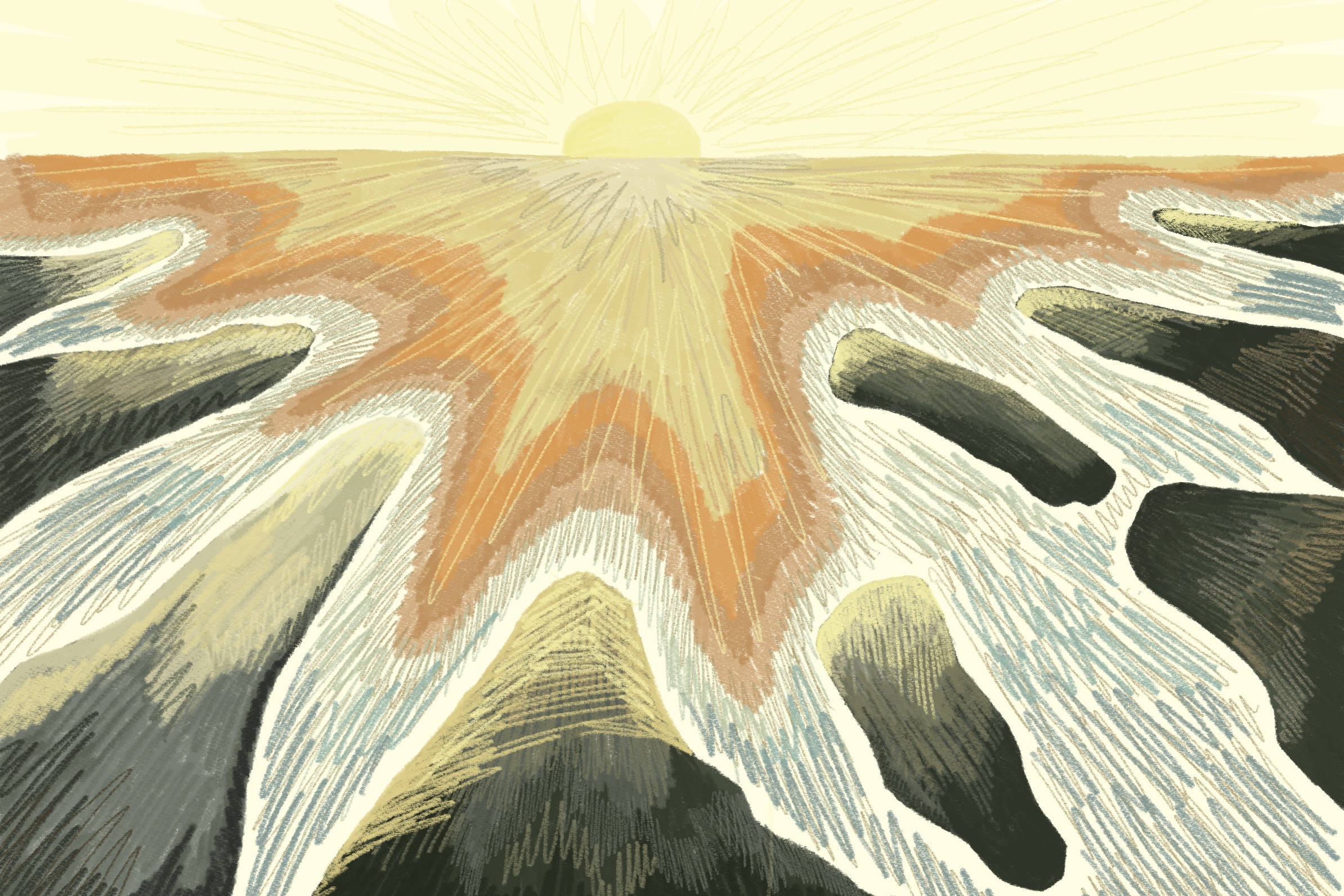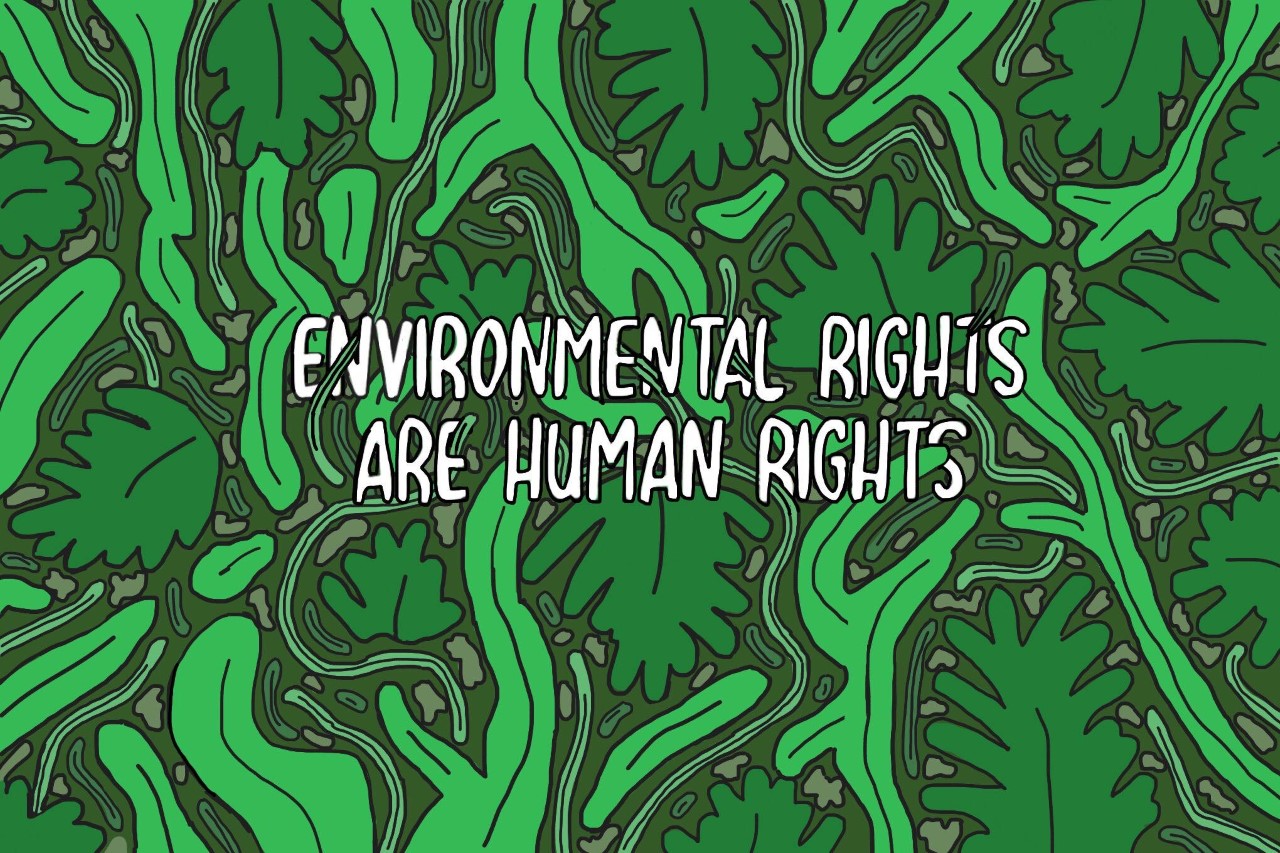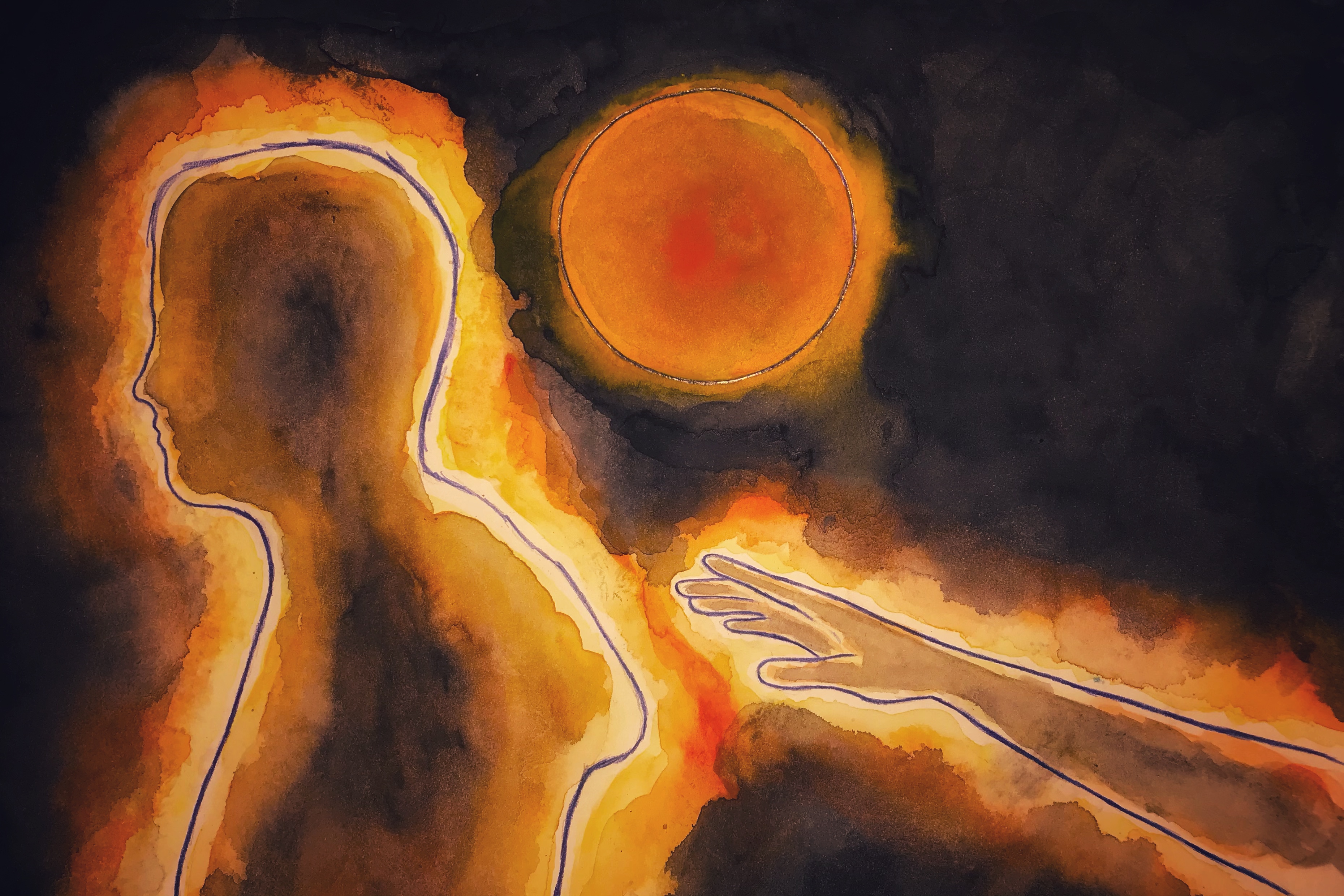
Observing Blackbirds
For three or four years we’ve kept chickens in our back garden. One of the things about chickens is that they really tear up the ground, and once they’re done with it the earth often doesn’t have much vegetation left at all, so we’ve started to rotate our chickens around the garden to let the grass recover. A lot of soil is left open, which brings the birds in – wrens and red robins, and goldfinches, and jays in the trees sometimes, but particularly blackbirds.
A pair of blackbirds live in our garden, where we used to keep the chickens. Blackbirds are territorial, so we know that the ones we see, day in and day out, hopping around in the soil, are in all probability the same individuals – the females a deep, tawny brown, the males jet black with shocking yellow beaks. They pick at the open soil, turn it over in their mouths, and they look for food – little seeds, worms, cereal. My father put out leftovers for them when it snowed over and sometimes, if I’m working in the kitchen, they look in at me with their beady eyes, and they pause as I look out at them. My garden is their home; we share it. R S Thomas writes – in his poem from the perspective of a blackbird ‘Thirteen Blackbirds Look At A Man’ – ‘the garden is disturbed by echoes. It is / the man whistling, expecting / everything to come to him’.
It might be hard to get excited about the sight of blackbirds in your garden, mostly because it’s difficult to imagine blackbirds as anything other than ordinary. Blackbirds are by far the most common bird in the United Kingdom, and the first we come to recognise as we grow up, and even their names, simplistically descriptive, convey a creeping sense of the commonplace. But the intersection between their homes and ours – which RS Thomas noticed – isn’t by any means simple.
Blackbirds are indigenous to deciduous woodland – woodland that loses its foliage during the winter. The thick, dark undergrowth we see in these forests is perfect for nesting. In the distant past, Britain and much of Western Europe was covered almost in its entirety by this kind of forest. You’d be forgiven for thinking that massive deforestation began with the Industrial Revolution – but the Doomsday Book indicates forest coverage of only about 15%. The large scale conversion of ancient deciduous woodland into pasture or agricultural land – which destroyed a large portion of the blackbird’s obvious habitat – happened much earlier, deep in ecological prehistory. The natural historian Oliver Rackham writes in his classic book The History of the Countryside that “Neolithic settlers set about converting Britain to an imitation of the dry open steppes of the Near East.” Of course, the Industrial Revolution only pushed this process on, and by the First World War forest cover in Great Britain fell below 6%. Following the war, people were afraid that too much timber was imported and that Britain was totally dependent on outside sources. Today, coverage is 13% after a concerted drive to reforest the countryside.
Many of the forests and plantations we built were constructed from non-indigenous coniferous trees such as Scots Pines, which do little for biodiversity and don’t offer habitats for species such as blackbirds. Combined with hedgerow destruction, which began after the Second World War so that farmers could plough larger fields and produce more efficiently, blackbirds lost many of their obvious habitats in one fell swoop.
But post-war suburbs like mine, which sprung up on the edges of often bombed-out cities that were green and leafy, provide an obvious habitat for birds like the blackbird. In lieu of real forests, we built, almost by mistake, the perfect habitat for birds. The presence of hedges, trees and easily accessible sources of food together with an absence of obvious predators like kestrels or sparrowhawks (there are, in fact, buzzards, where I live, but they feed mostly on roadkill – red foxes and badgers, and an occasional roe-deer) meant that blackbirds moved towards the city just as we were fleeing it.
As they’ve pushed on into the suburbs, blackbirds have adapted their behaviours to our world. A 2009 study demonstrated that blackbirds in the centre of Vienna sing at a higher frequency than blackbirds in the Vienna Woods: urban ambient noise, particularly from traffic, means that blackbirds sing louder than they would in their natural environment. Moreover, the warmer city microclimate means that some male blackbirds have stopped migrating south. Blackbirds have altered their behaviours to suit these new, fundamentally human, environments. Almost as quickly as we’ve torn down their original homes, they’ve built themselves new homes, in ours.
Many of the narratives we come across in the world of conservation are overly simplistic. We hear of widespread destruction and universal environmental degradation. But the facts are, as always, much more complex. Human behaviours are changing the natural environment at terrifying speeds. But change isn’t always wholly destructive. In the next century our cities will grow and grow. There can be a place – and perhaps there must be a place – for the natural world, for blackbirds, in the cities of the future. Animals change us as much as we change them – from a blackbird’s perspective, we’ve changed our behaviour to adapt to them, not the other way around. As RS Thomas put it, when he looked at our world through a blackbird’s eyes: ‘we lived in a garden / that had not yet arrived / at the knowledge of / good and evil. But there is a man in it.’
The natural world is adaptable and resilient, and to imagine ourselves as independent and disconnected from the earth and the land is a mistake. Look outside. There’s probably a blackbird hopping around in the grass in your garden, and their garden.
Photo: Wikimedia Commons







